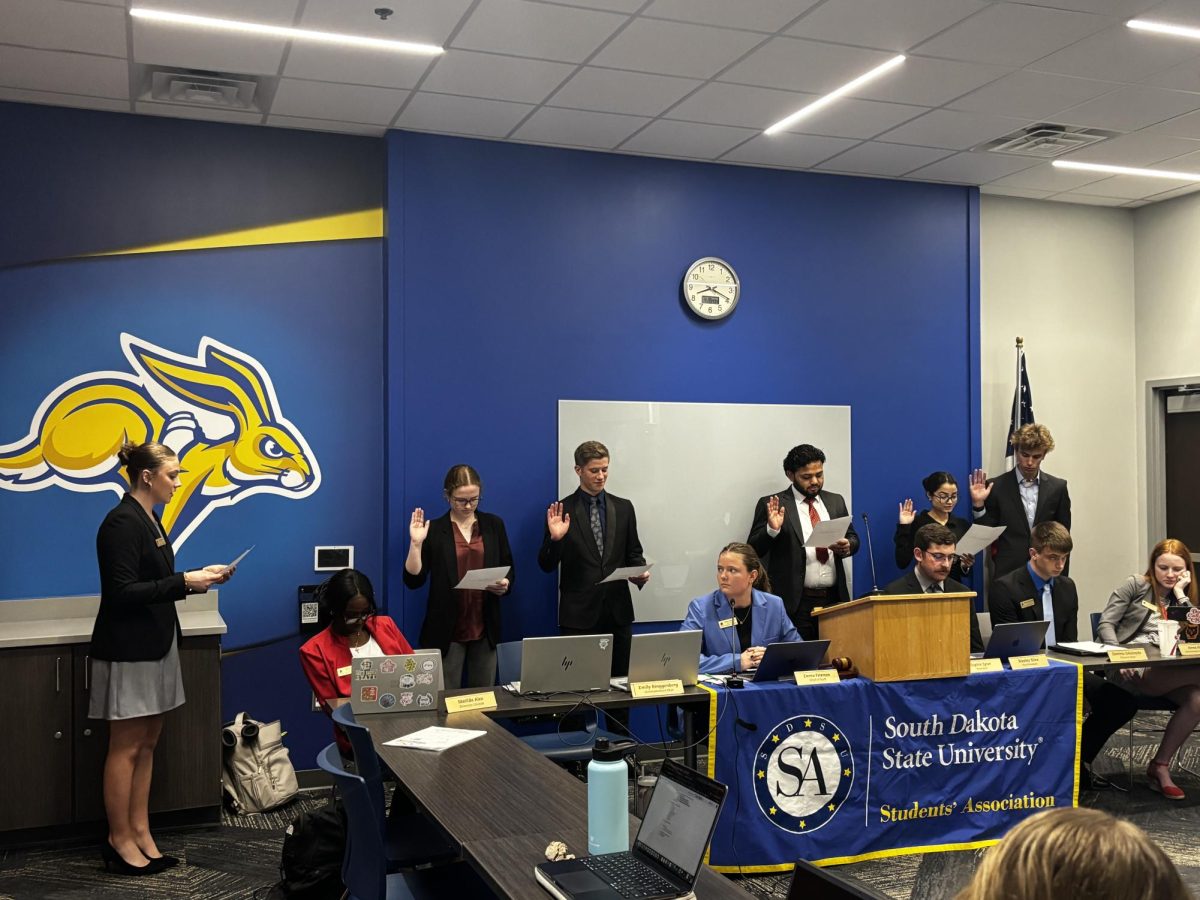Students question merit of new editions
January 12, 2010
Emma Dejong
After spending more than $400 on one semester’s worth of textbooks, Amy Ristau, a senior human development and family studies major, thinks she doesn’t always get what she pays for.
As some publishers come out with a new edition as often as once a year, some students, including Ristau, question whether the changes made are worth the higher price.
“It is frustrating,” Ristau said. “Generally, the new editions are not that much different from the older edition.”
Kurt Cogswell, mathematics and statistics department head, shares Ristau’s opinion.
“I’ve never been really convinced that there’s really any value in the new editions,” Cogswell said. “I don’t think there has been a substantial difference for many years. Calculus hasn’t changed that much.”
However, publishers still feel they have a duty to provide the most updated information. Lindsay Brown is the director of corporate communications at Cengage Learning, the publisher of a College Algebra textbook used at SDSU.
“In disciplines where core information may not change dramatically, i.e. chemistry or calculus, the application of information or its relevance to real-world situations can evolve significantly, causing experts to call for updated texts,” said Brown.
Updates are necessary in order to provide new practice examples, Brown said.
“In the quantitive disciplines, examples and practice questions must be updated frequently to promote security and to help ensure the integrity of homework assignments, quizzes and tests,” Brown said.
Depending on the subject matter, some textbook companies have other reasons for publishing new editions.
In the pharmacy department, “The Handbook of Nonprescription Drugs,” published by the American Pharmacists Association comes out every three years.
“Our book contains a lot of drug information,” said Julian Graubart, senior director of books and electronic products at APHA. “It would really be irresponsible if we updated it less frequently than that.”
As the latest textbooks are most expensive, some professors would be content to use older editions, but that is not usually an option, they say.
“They simply quit publishing the old edition,” Cogswell said. “You might be able to get by a semester on old editions, but eventually you run out.”
In the pharmacy practice department, two main books are used throughout the program. Instead of having to buy a new book every time more information is added, the students are allowed to use the same edition throughout their schooling.
“The students will still get the new material, but we don’t require them to buy a new textbook just to get the information,” said James Clem, head of the Department of Pharmacy Practice.
Many professors try to provide multiple ways for students to learn new material.
“The information that gets put into a textbook is often outdated,” Clem said. “That’s why we try to focus on things that can be updated rather quickly and inexpensively. We do a lot of note handouts.”
Teresa Hall, head of the Department of Engineering Technology Management, said she teaches with “a lot of free material.” She sees the Internet as being a way for students to save money and is ready to see more electronic books.
Like Hall, Cogswell thinks electronic books will be a major part of SDSU’s future.
“I would not be surprised if in 10 years the majority of textbooks do not see paper,” Cogswell said.
Publishers and professors are aware textbooks are expensive, but in some cases, they say they don’t have other options.
“We’re not Harry Potter,” Graubart said. “When you can only print in small quantities and only sell in small quantities, it’s really difficult to sell at inexpensive prices.”
Many students have found alternative ways to buy textbooks in an effort to make the cost easier to bear.
“I don’t mind (buying the newest edition) because I can find some used ones on Web sites that are pretty cheap,” said Alex Meyer, a freshman animal science major. “If I don’t, I buy them from the school, which can get a little bit more expensive.”
While students and professors have resources to reduce the need for full-priced textbooks, the cost can still put a significant dent in a student’s wallet.
“It isn’t that we aren’t aware that students are spending hundreds of dollars every semester,” Cogswell said. “It’s just [that] there isn’t a good alternative yet.”





















